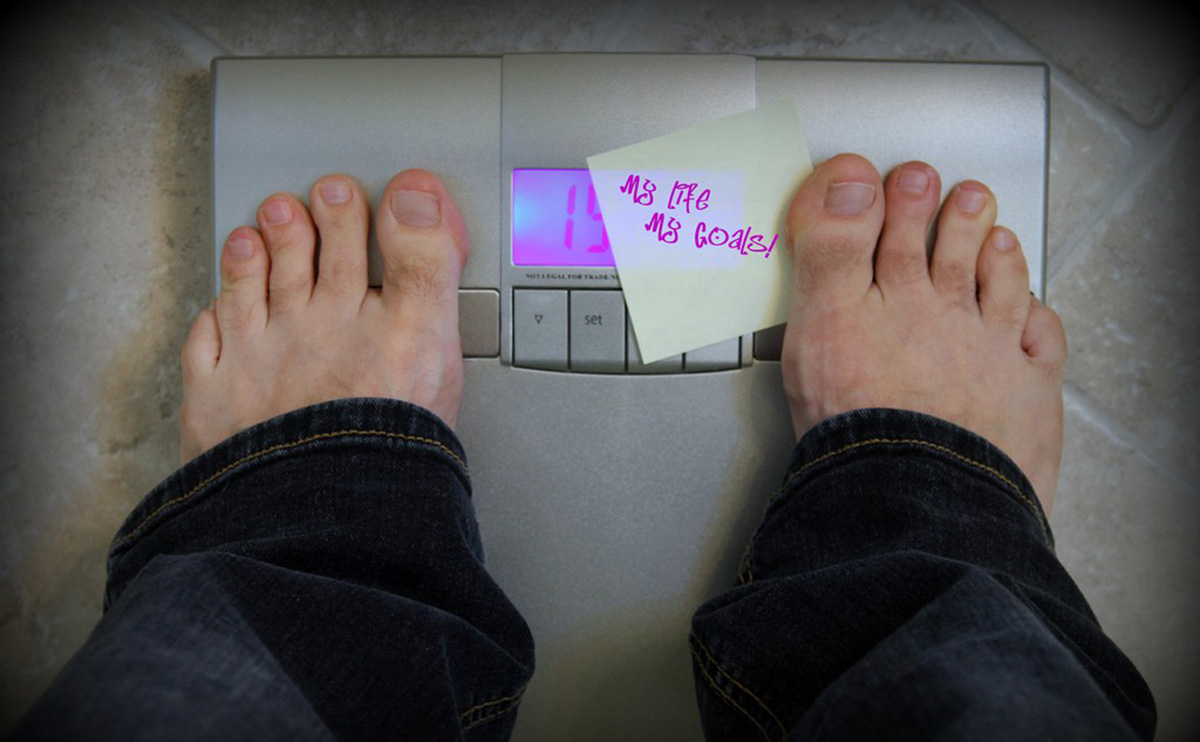Table of Contents
“I want to lose weight.”
How many times have you said those words, or heard a family member, friend or colleague utter them?

If you’re anything like most, it probably happens an virtually a weekly basis, and steps up to several times daily after Christmas, and on the lead up to Summer. Wanting to lose weight is awesome – you’ll improve your health, look better, feel fantastic and improve your appearance, but as much as people want to lose weight, most don’t manage it. Or, if they do, it comes back on it half the time it took to get off.
The issue?
It’s not necessarily the wrong type of diet or training program, rather it’s a lack of goal setting.
Setting goals is huge when it comes to achieving what you want to, be that weight loss, muscle gain, increased fitness, or anything in life. Not only do you need general goals though, these should be split up into different types of goals, with several different targets for different periods of time.
When talking about goals, we want them to be Smart.
Be SMART
Before delving into the importance of goal setting, and how you can set up your own goals to ensure you achieve exactly what you want to in a fast, efficient and easy manner, it’s important to know exactly how your goals should be structured. The best way to do this is to use the SMART template.
S – specific
M – measurable
A – attainable
R – relevant
T – time-based
Specificity means that your goal should be clearly defined. Saying “I want to lose weight” is rubbish. If you lost 20 pounds, but looked the same, you likely wouldn’t be happy. Similarly, if you dropped 20 pounds of muscle mass, and kept all your fat, you’d look worse, which isn’t what you want.
Therefore, make your goal as specific and detailed as possible. Instead of saying “I want to lose weight,” say “I want to lose 20 pounds of fat, reduce my body fat percentage from 20 to 12 percent and fit into my size 32” jeans.”
There’s no point having unrealistic goals. If you’re 60 years old, and haven’t trained a day in your life, then saying you want to be Mr. Olympia is probably just slightly out of reach. Pick something you know you can do. Make it challenging, but don’t make it impossible. This also links into the time-based point that makes up the “T” in SMART.
See Also: Meet Your Goals More Easily: Don't Beats Can't
For relevance, your goals should fit your lifestyle. If you enjoy running, cycling and rowing, then having a goal of adding 30 pounds of muscle mass won’t be conducive to the activities you enjoy. Likewise, if you’ve got a family and work 60 hours per week, picking a goal that requires daily 2 hours plus training sessions doesn’t really work.
Give yourself a time frame to achieve your aims, but make this target realistic. You can get to 10% body fat in 6 weeks, but only if you’re already 15% or under. If you’re 20, 25 or 30%, you’ll need a little longer.
- SMART Goal Information Sheet, East High School, Madison, Wisconsin, https://eastweb.madison.k12.wi.us/files/east/Smart%20Goals%20Information%20CC%2011_0.pdf
- Photo courtesy of Camera Eye Photography by Flickr : www.flickr.com/photos/camera_is_a_mirror_with_memory/5425830519
- Photo courtesy of CherryPoint by Flickr : www.flickr.com/photos/mcas_cherry_point/6731330819


Your thoughts on this